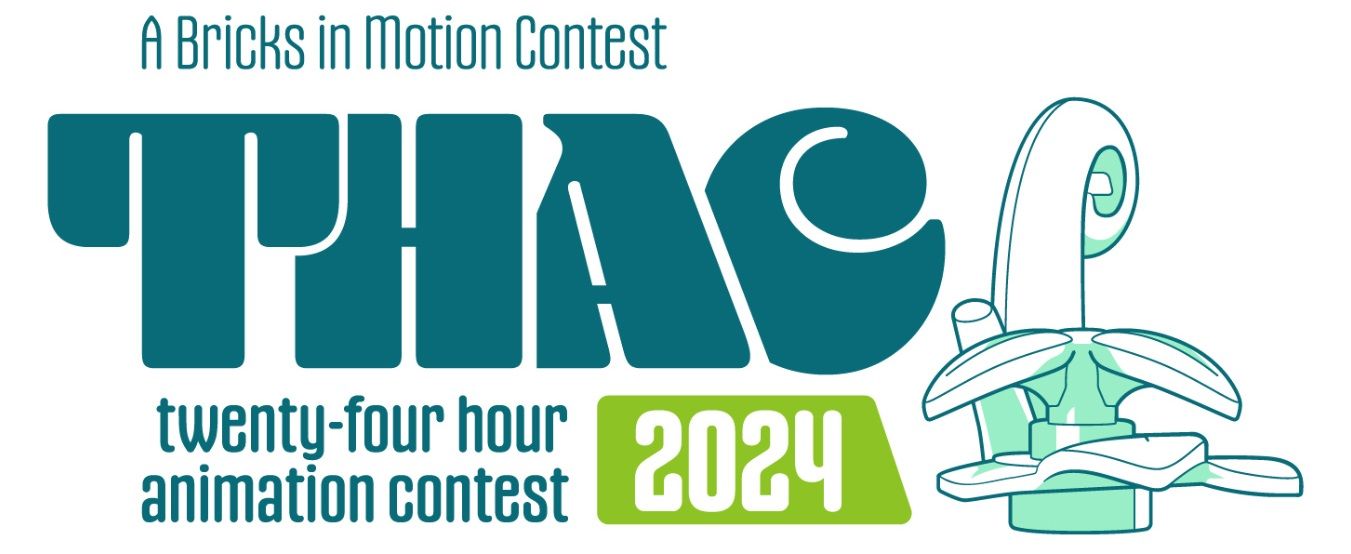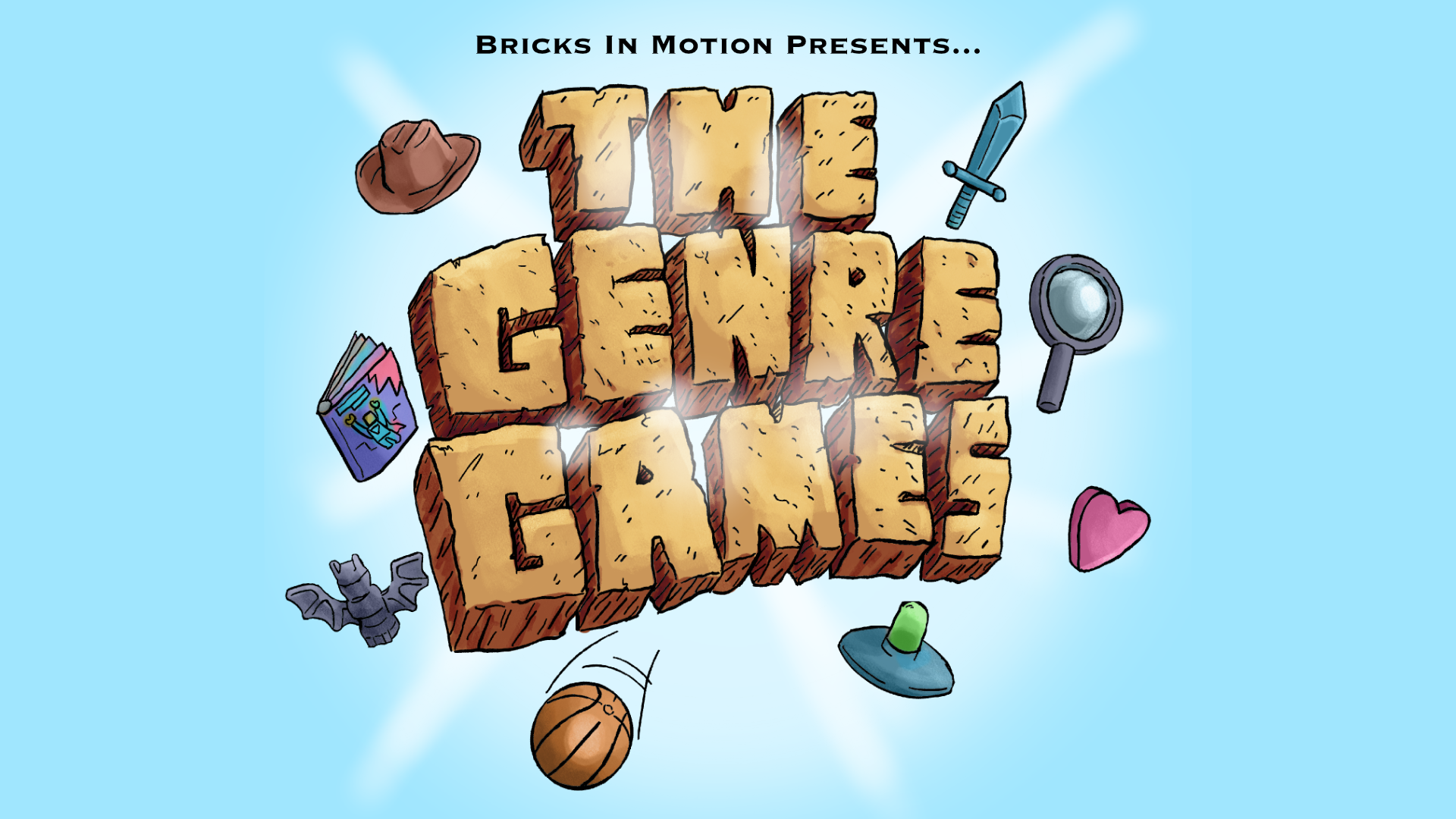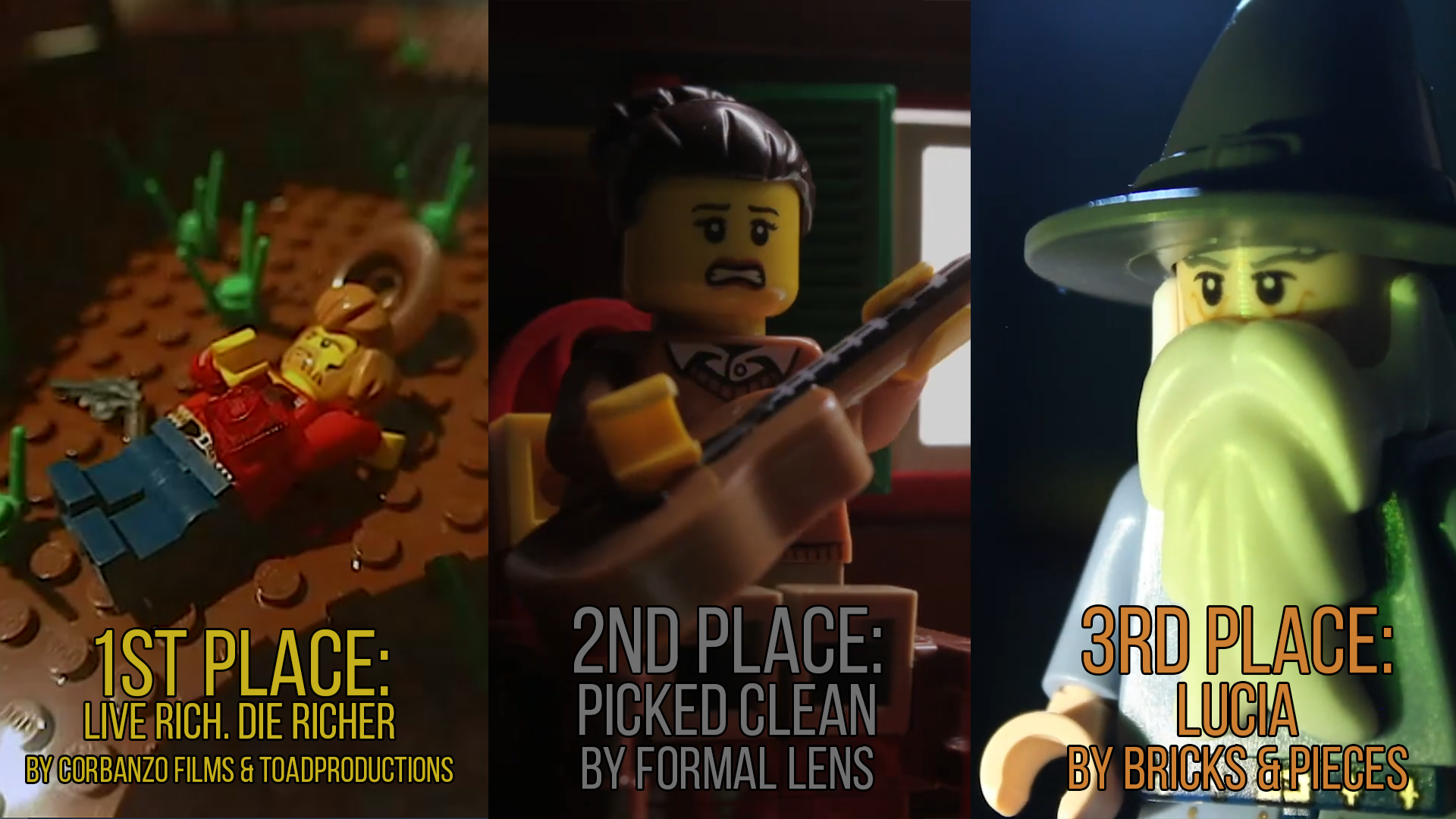Here's my personal list which I add to every time I find something that works and don't want to forget it. The file name is ""What I've Learned", and hopefully, someone else will find something in here helpful.
* * *
What I learned so far from working on the animation
1) Set the white balance and frame setting before shooting.
2) Find a place away from windows, so that the lighting doesn't change during different times of day.
3) Try to move more than one character/object at a time, so that the animation looks more fluid. Unless they're marching, don't move them in unison.
4) When two or more characters are moving at about the same time, don't start and stop their motions at exactly the same time.
5) When animating girls with flowing hair, apply delayed secondary reaction technique on their hair, so that it looks more organic and free-flowing. [delayed secondary reaction = let the hair continue to move after the head stops, then 'snap' back into position.]
6) Animating at 30 fps enables one to divide the animation into 15 fps or 10 fps evenly, depending on how smooth the animation needs to be.
7) Change camera views when starting a new session, to keep any inconsistencies less noticeable.
8. Likewise, shoot all cuts to completion whenever you can.
9) When animating stories that are heavy in dialogue, be sure to use physical movement whenever it doesn't interfere with the story. This keeps the animation visually interesting. Include minor physical gags, but not too frequently, as they may lose their appeal if overused.
10) Allow character to move in reverse before making a broad move, as the character anticipates making the motion.
11) When characters move their head, hands or arms, make the movements nearest the keyframes more subtle, and in the middle more pronounced. This makes the motion “arc-like” and organic
.. . . . . . . . . ..
The spacing of the dots is an example of the technique. The middle motion should be broadest, and the end motions should be most subtle, as the head or limb is accelerating and decelerating at the beginning and end of the motions.
12) Dust your sets frequently. Otherwise, your interiors will collect dust at an unrealistically rapid rate!
13) The eye can be easily fooled by Lego animation. A character can walk on a stud or jumper plate if the feet aren't being filmed, giving the mini figure more stability. The viewer will not notice that the character is one stud higher because the walking makes the character's height seem correct.
14) This technique of fooling the eye can work in many situations, but another excellent example is when a character closes a door. If the character's hand is not touching the door, but is on a point directly on the line segment between the camera lens and the door knob, it appears as if the character is holding the knob.
15) Clear bricks or plates adequately can make objects on them appear airborne without photo editing or special effects/masking.
16) It's better to re-shoot something that didn't turn out right than to try to use the original material.
17) Break a huge project up into small, manageable goals. Don't chart the goals from beginning to end, but set a few near-term goals, and add a new one with each accomplishment.
18) Record the final voices before animating, unless you want to go back and rework all the animation again!
19) Be subtle! It's amazing how the camera picks up the slightest motion in the macro world of Lego.
20) I try to make a walking person take one step that takes longer or shorter than the others, especially if slightly turning. This asymmetry takes the rhythm off balance but gives an organic feel to the movement.
21) If a character raises his arm, he'll lean back slightly. When he lowers his arm, he'll lean forward.
22) Plan (in your head or on paper) where you want the characters and props to end up at the end of a scene, for the next scene. Do all of this BEFORE SHOOTING, so that you don't have to redo everything because something's in the wrong place. Especially important when scenes are not animated chronologically.
23) Shoot all keyframes twice if you don't have manual focus; use the best of the two. It stinks when keyframes are inconsistent with other frames.
24) For some reason, sound effects can sometimes seem out of sync unless they begin a frame ahead of the visual that accompanies it.
25) Photograph the scene before and after a session, as a reference in case your props get moved.
26) When animating with minifigures, select before any animating the positions of the arms, legs, hands and head that your minifigures can use as “first positions”, which any figure can return to when at rest. Memorize the settings you have chosen. You can always return your character to that position and re-animate a new sequence from it. Also, decide a few “active” positions that a minifigure can return to. Using standardized first and “active” positions, you can always bring your characters back to these positions and loop animation, or animate efficient interchangeable sequences, all without needing any references or notes.
https://vimeo.com/channels/holdingourown http://holding-our-own.tumblr.com"None practice tolerance less frequently than those who most loudly preach it."












